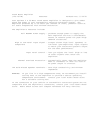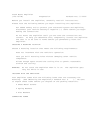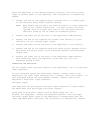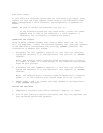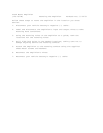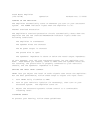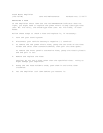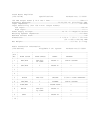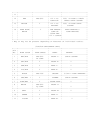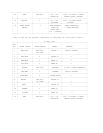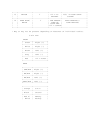Place the amplifier on the desired mounting location, then follow these
steps to connect power to the amplifier, see illustration in Faxback Doc
#18004.
1. Connect one end of the supplied black (ground) wire to a nearby part
of the vehicle's metal frame (chassis ground).
NOTE: Many modern vehicle parts are made of plastic or other materials
that do not conduct electricity. You must connect the black
(ground) wire to a metal part that is not insulated from the
vehicle's frame by one of these non-conducting parts.
2. Connect the other end of the wire to the amplifier's GND terminal.
3. Connect one end of the supplied red (power) wire directly to your
vehicle's +12 volt battery power source.
4. Connect the other end of the wire to the amplifier's +12V terminal.
5. Connect one end of the supplied blue with white stripe (remote) wire's
male quick disconnect plug to your autosound system's switched power
output lead.
6. Connect the other end of the wire to the amplifier's REM terminal.
This connection turns the amplifier on/off when you turn your
autosound system on/off.
CONNECTING THE AMPLIFIER
You can connect your autosound system to the amplifier's low- or high-level
input terminals.
If your autosound system has phono-type outputs, connect them to the
amplifier's low level input terminals for a cleaner, less noisy signal. If
your autosound system has only speaker outputs, connect them to the
amplifier's high-level input terminals.
Low-Level Inputs
Your amplifier has gold-plated low-level input terminals to match radios
and equalizers with phono-type line-level outputs.
Using plug-to-plug phono cables (such as Radio Shack cat. No.
42-2356, not supplied), connect the autosound system's left and right,
low-level output phono jacks to the amplifier's corresponding left and
right LOW INPUT phono terminals, see illustration in Faxback Doc. #18004.



